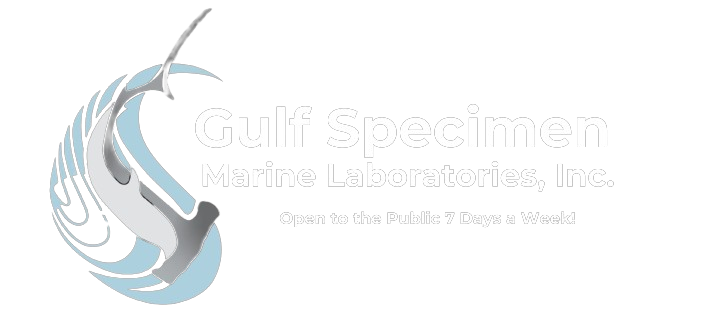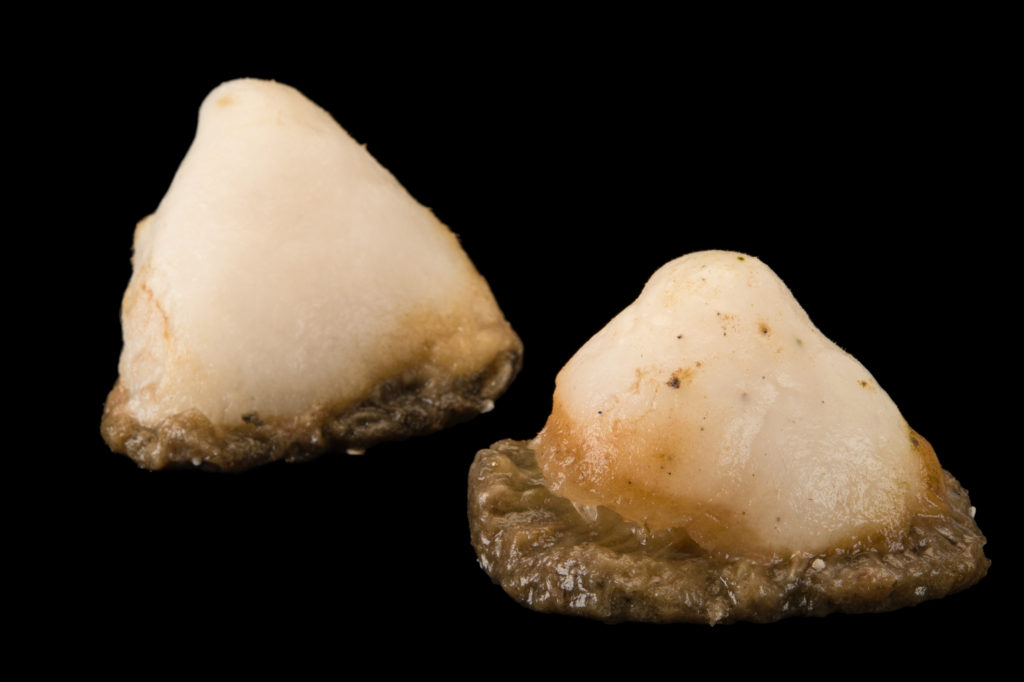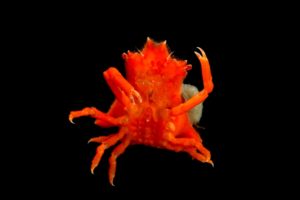Arthropoda

Jointed legs and an external skeleton are the two features that unite all arthropods. But the diversity goes a long way from there with semi-terrestrial amphipods bouncing around the drift grass, to gray sea roaches (isopods) scurrying up and down wharf pilings. Barnacles sweep their feather legs (cirri) through the water to snatch microscopic copepods. Best known are crabs, shrimps and lobsters. Small scavenging crabs and hermit crabs benefit a well balanced aquarium by cleaning out dead animals. Large predatory crabs are best kept in isolation. Shrimp do well in the aquarium if there is plenty of algae and NO LARGE FISH. All crustaceans thrive on a diet of chopped clams or fish.
AS-23 Arthropod Assortments
Small Assortment: 15 specimens: $135.00
Medium Assortment: 25 specimens: $191.00
Large Assortment: 40 specimens: $270.00
$135.00 – $270.00

$135.00 – $270.00
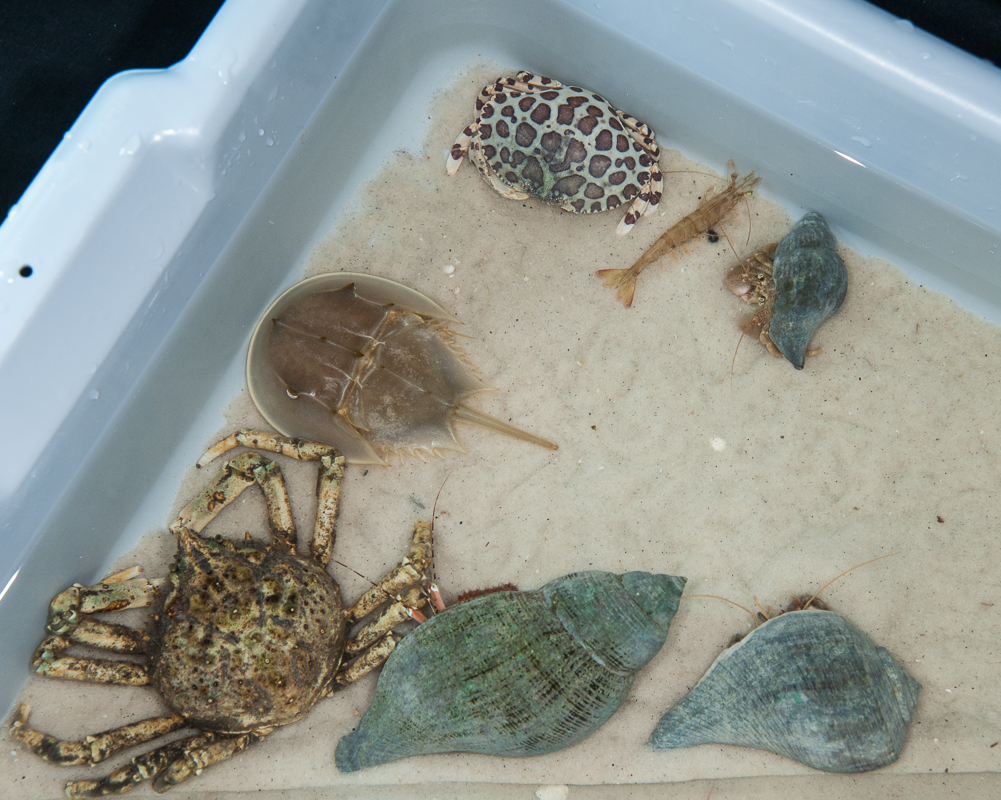
$135.00 – $270.00
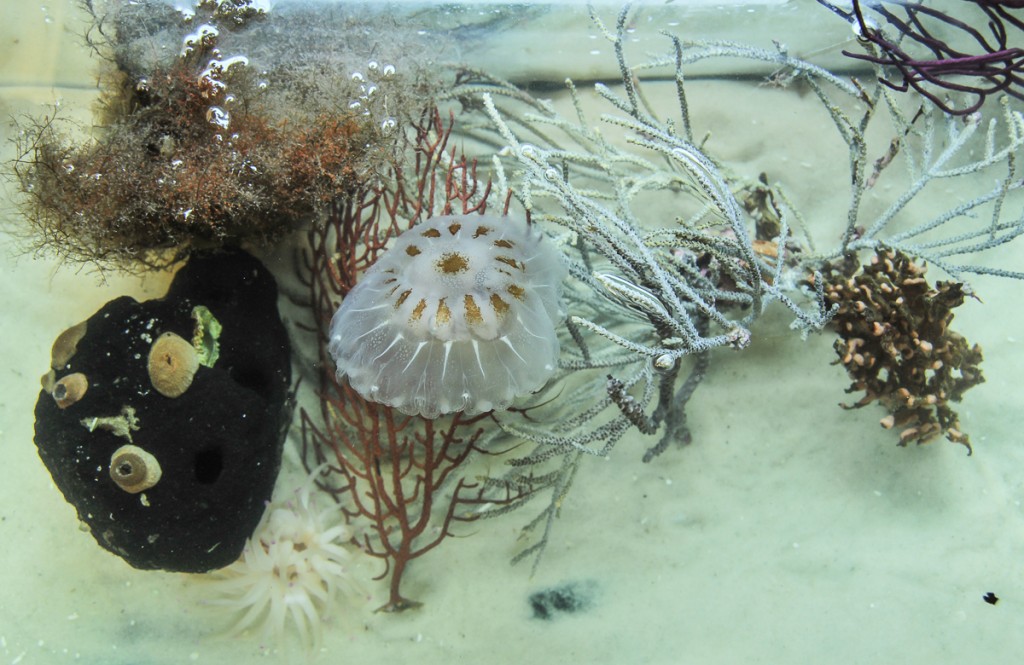
$135.00 – $270.00
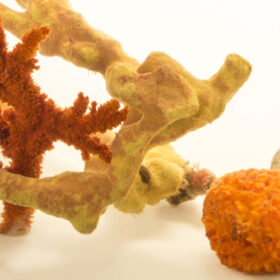
- Included are chitons, clams, mussels, whelks, snails, and nudibranchs. When abundant, scaphopods and/or frilled sea hares may be included.
$135.00 – $270.00
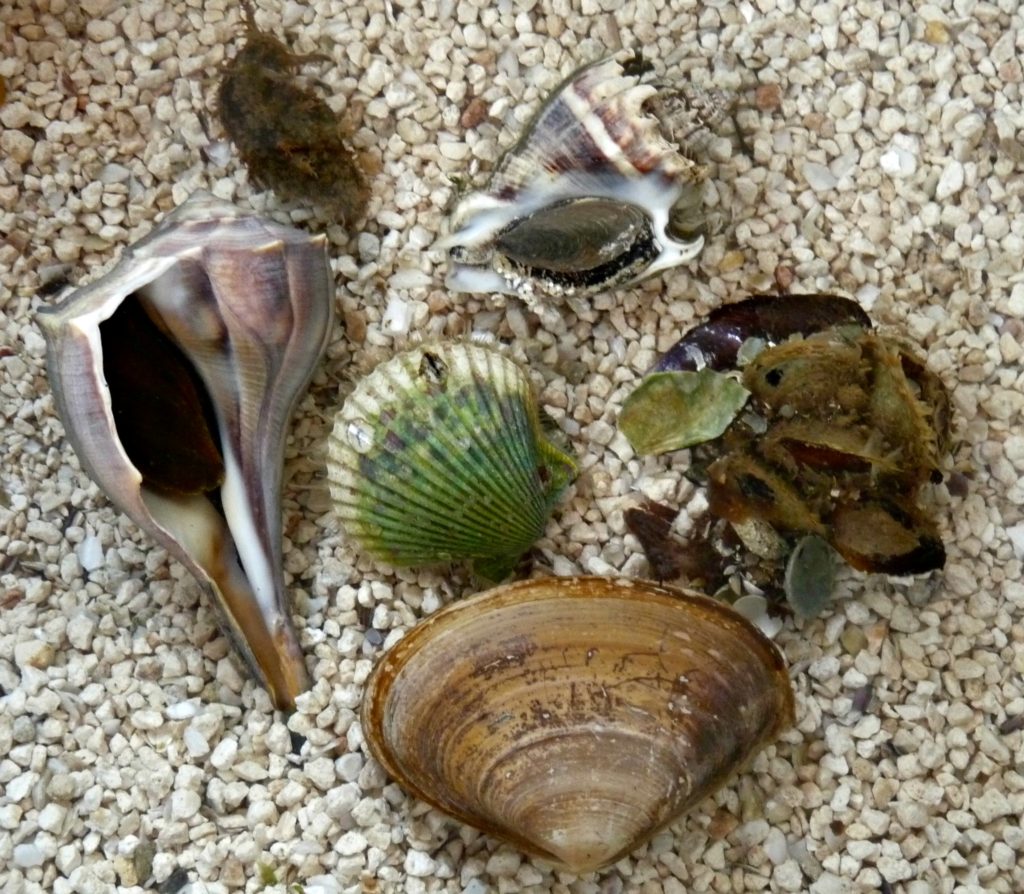
$99.00 – $129.50
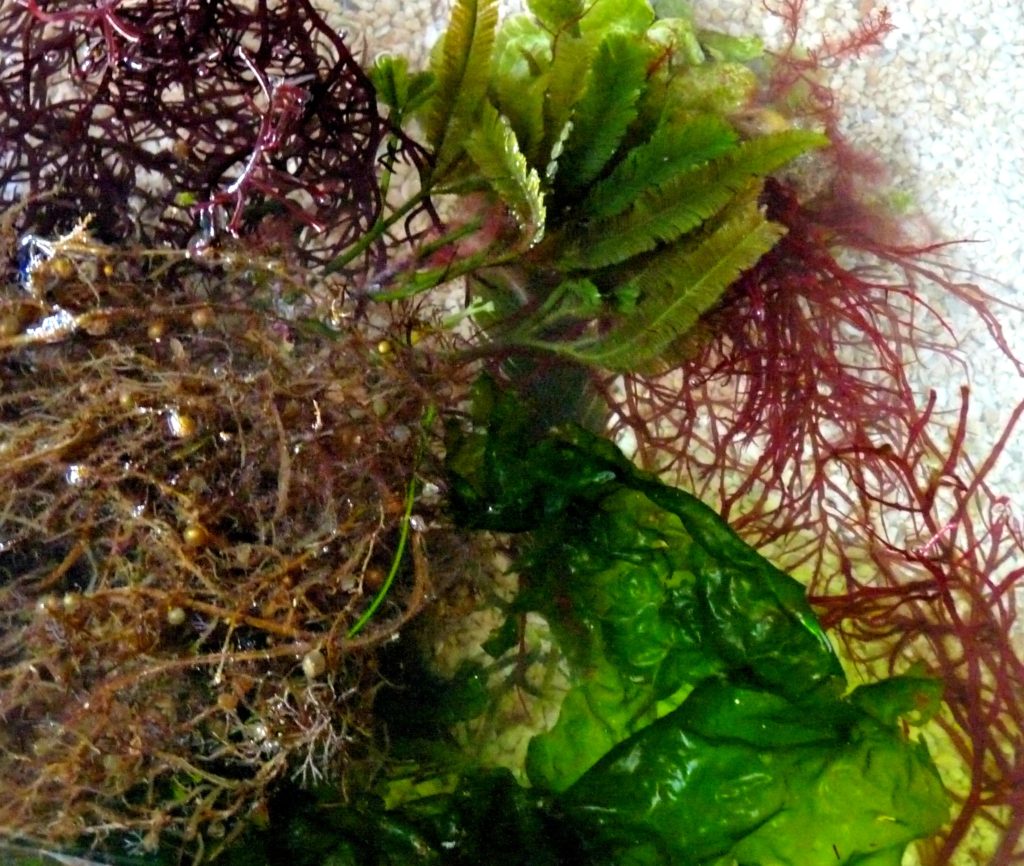
$135.00 – $216.50
$135.00 – $191.00
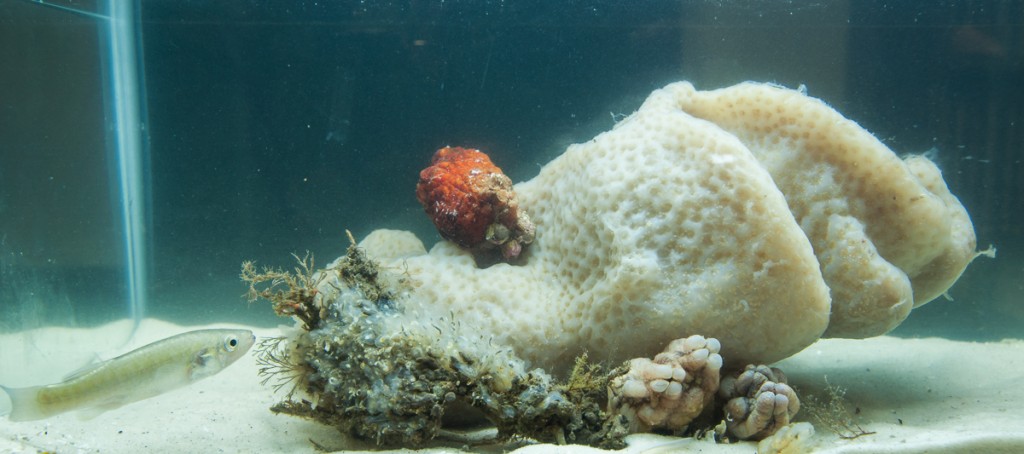
$135.00 – $270.00
Arius felis
Each Dozzen small ---123
Each Dozzen small ---123
Each Dozzen small ---123
Each Dozzen small ---123
$22.50
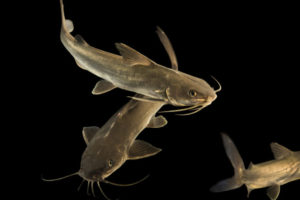
Hardhead sea catfish (Arius felis)
Spheroides nephelus
$25.50
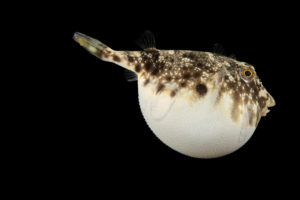
Southern puffer (Spheroides nephelus)
Lactophrys tricornis
$25.50
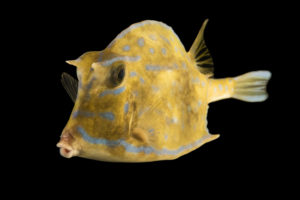
A cowfish (Lactophrys tricornis)
Balistes capriscus
$80.50
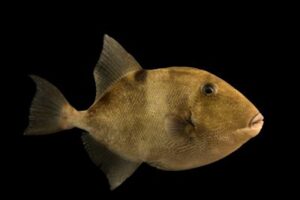
Grey triggerfish (Balistes capriscus) at Gulf Specimen Marine Lab and Aquarium.
Monacanthus hispidus
$13.00 – $17.00
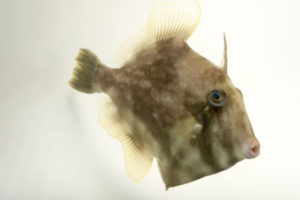
Gobiesox strumosus
$24.50
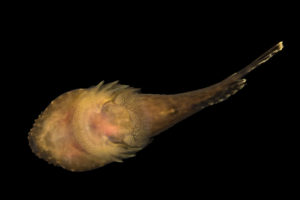
Clingfish or skilletfish (Gobiesox strumosus)
Symphurus plagiusa
$20.00

Trinectes maculatus
$22.50
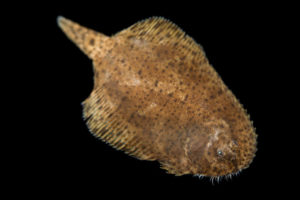
Hogchoker (Trinectes maculatus)
Paralichthys oblongus
$22.50
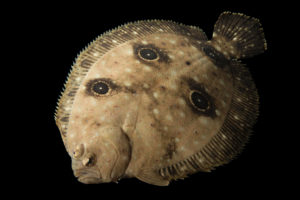
Four-spotted flounder (Paralichthys oblongus)
Paralichthys albigutta
$21.50 – $34.50
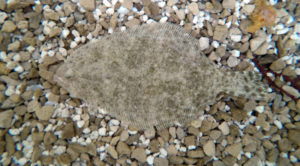
Mugil cephalus.
$22.50
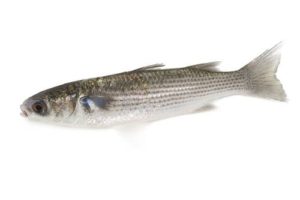
Serranus subligarius
$31.50
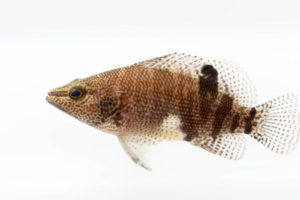
Belted sandfish (Serranus subligarius)
Chasmodes saburrae and other species
$17.00
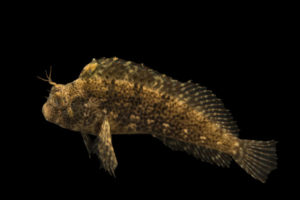
Feather blennie (Hypsoblennius henzi)
Halichoeres bivittatus
$17.50
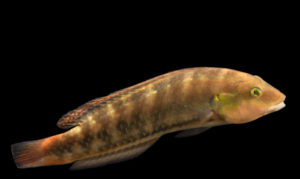
Green wrasse (Halichoeres bivittatus) at Gulf Specimen Marine Lab in Panacea, FL.
Prionotus scitulus, P. tribulus
$25.50
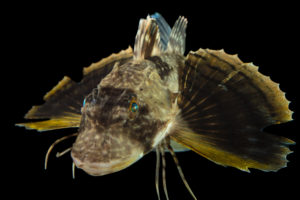
Bighead searobin (Prionotus tribulus)
Scorpaena brasiliensis
$29.00
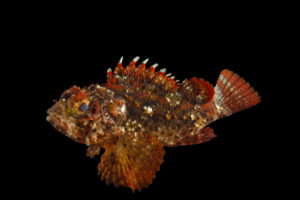
A scorpionfish (Scorpaena brasiliensis)
Chaetodipterus faber
$45.00 – $56.50
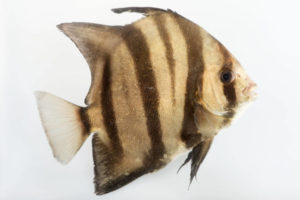
Atlantic spadefish (Chaetodipterus faber)
Diplodus holbrookii
$14.00

Lagodon rhomboides
$14.00

Lagodon rhomboides
$17.00
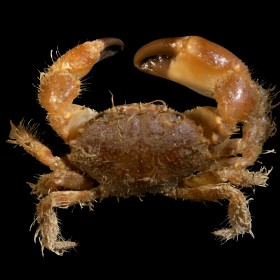
$24.50
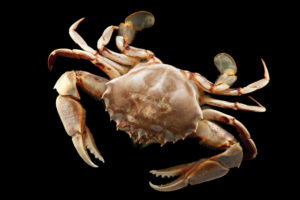
$17.50
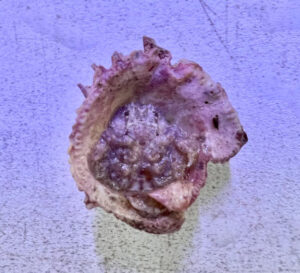
$24.50
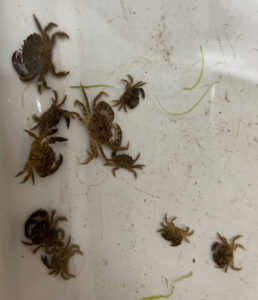
$20.50 – $27.00
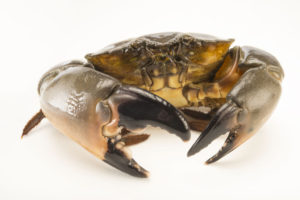
$13.00

$50.00

$6.50

